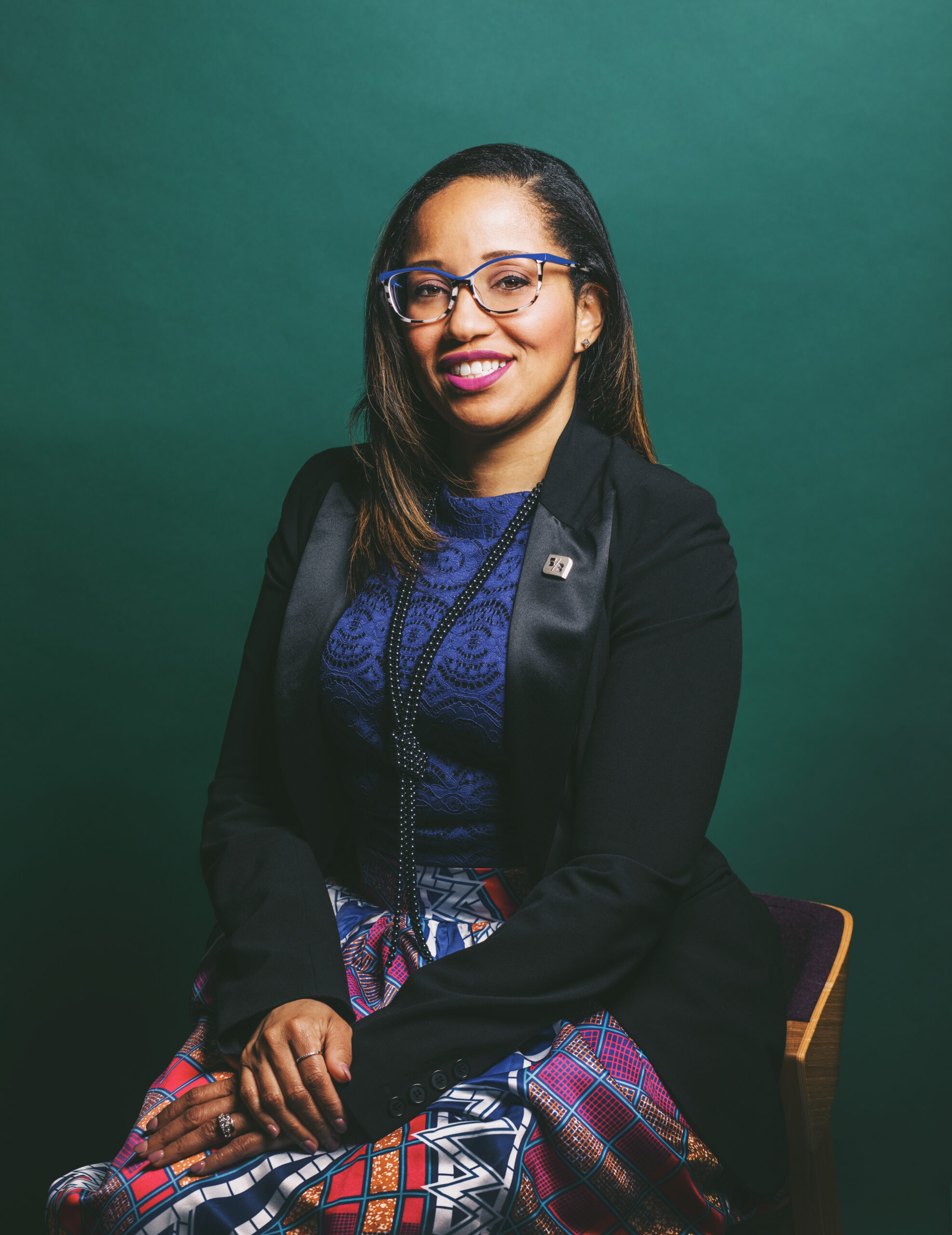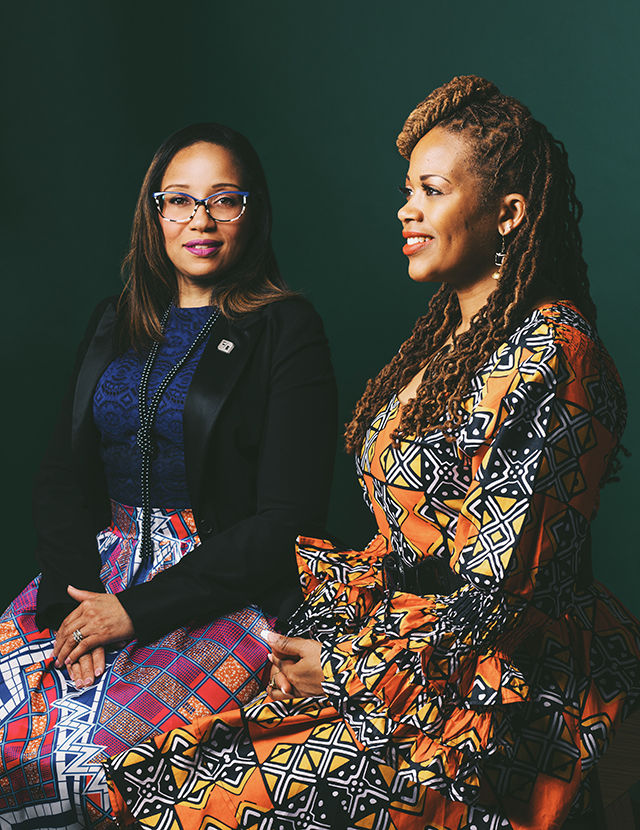|
Getting your Trinity Audio player ready...
|
While their paths to Fifth Third Bank may differ, Director of Program and Project Management Gloria Samuel and Director of Supplier Diversity Marsha Thornton are perfectly aligned in their shared goal of increasing the Cincinnati, Ohio-headquartered bank’s outreach to suppliers that have been overlooked in the marketplace for far too long.
“I always find it fascinating when people use experience as a qualifier for awarding contracts. We can’t allow the practice of staying with an incumbent because the diverse supplier has never performed work for our organizations to deter us,” says Thornton when speaking to Fifth Third’s intentional approach to developing new supplier talent.
“The last severe global pandemic occurred 100 years ago, so most of us can say 2020 was the first time we had to navigate life in a global pandemic. But just because we’d never done it before doesn’t mean we couldn’t,” she continues. “We had to make adjustments and improvements to how we operate personally and professionally but here we are, some stronger and better than before.”

A Guiding Hand for Growth
Samuel admits that while doing business with new suppliers requires the organization to think differently, doing business with contractors who have been successful in other areas isn’t such a such a huge leap if they’re given the guidance and the tools needed to be successful on a Fifth Third construction project.
While the supplier diversity program at Fifth Third is still relatively young, Thornton is convinced the organization has already been able to adopt best-in-class practices and whose supplier diversity spend has rocketed from $7.5 million in 2014 to $75.4 million in 2020.
“Our goal for supplier diversity is to reach 10 percent of the entire bank’s spend by 2025,” Thornton says. “Gloria’s team is critical to this objective and her unwavering commitment and passion are key factors in our ability to be successful.”

In fact, Samuel says she has challenged her own team to go above and beyond those goals. On the construction contracting front, her team has set a goal of 30 percent in diverse-owned business spend. By the end of 2021, the team projects to exceed this target by finishing the year with 41 percent of the construction budget being spent with diverse suppliers.
“This is a rare instance of successful diverse spend by our internal team and general contracting partners,” Samuel notes. “We have a firm focus in making sure that everything we contract looks at the opportunity to partner with a diverse-owned business.”
Discover in Action
Both Samuel and Thornton take great pride in Fifth Third’s D.I.S.C.O.V.E.R initiative, which is a diverse supplier engagement that was piloted in Samuel’s construction group and is being expanded to several other divisions of the bank’s business. “We brought our general contractors to the table with potential subcontractors to help them understand the partnership that could exist as we embark on continued projects for the bank,” Samuel explains.

Thornton underlines that while supplier diversity can be seen as “the right thing to do,” she relies on business data to inform her decisions. “I agree that it’s the right thing to do, but the ‘right thing’ can be a very subjective term to use,” she says, “and it doesn’t speak to the business value that diverse suppliers offer to organizations like Fifth Third. I rely on the data to tell the story that regardless of what motivates your business decisions, supplier diversity provides a bottom-line benefit to you. My commitment to demonstrating [this] is matched by my passion to create equality and equity for diverse business owners.”
Having a competitive bid process requires a diverse slate to ensure the organization is providing consideration to explore the best of the best, Thornton says. Furthermore, supplier diversity serves as a competitive advantage as diversity and inclusion is elevated as a business case for more organizations. Thornton says she’s proudly able to highlight Fifth Third’s deep investment in the area when clients request to hear what their organization is doing to develop its supplier diversity efforts.

“Our customers want to know how we are impacting the communities we serve,” Thornton says. “When they ask what we’re doing to expand supplier diversity, I tell them about our initiatives and I share with them that we’ve won awards and have been recognized for our best-in-class program.”
A New Aesthetic
The same pride with which both Thornton and Samuel can demonstrate the business case for supplier diversity at Fifth Third can be applied to the organization’s own builds for its employees and customers.
Fifth Third’s internal design team recently completed work on a two-story atrium, renovated and expanded to connect the bank’s two office towers at its headquarters. “The atrium project highlighted our recognition that people want to work more collaboratively,” Samuel explains. “The amount of positive feedback we’ve gotten from our internal customers is outstanding. It provides the ability for people to connect, and the technology that supports the project has really kicked off the overall redevelopment of our headquarters.”

Thornton’s enthusiasm, a recurrent highlight of the interview, is evident as she discusses a recent event that underscores the value of the bank’s newly renovated space. As the cochair of the African American Business Resource Group at Fifth Third, she recalls trying to find a location to celebrate an award the group had won. Her search was made easier by Fifth Third’s investment in new technology and its commitment to evolving its spaces.
“We were able to meet in our new patio space and enjoy networking with one each other,” Thornton says. “Having access to places at our tower that are inspirational is amazing. Every time I walk into one of them, I’m in awe of Gloria and her team.”


